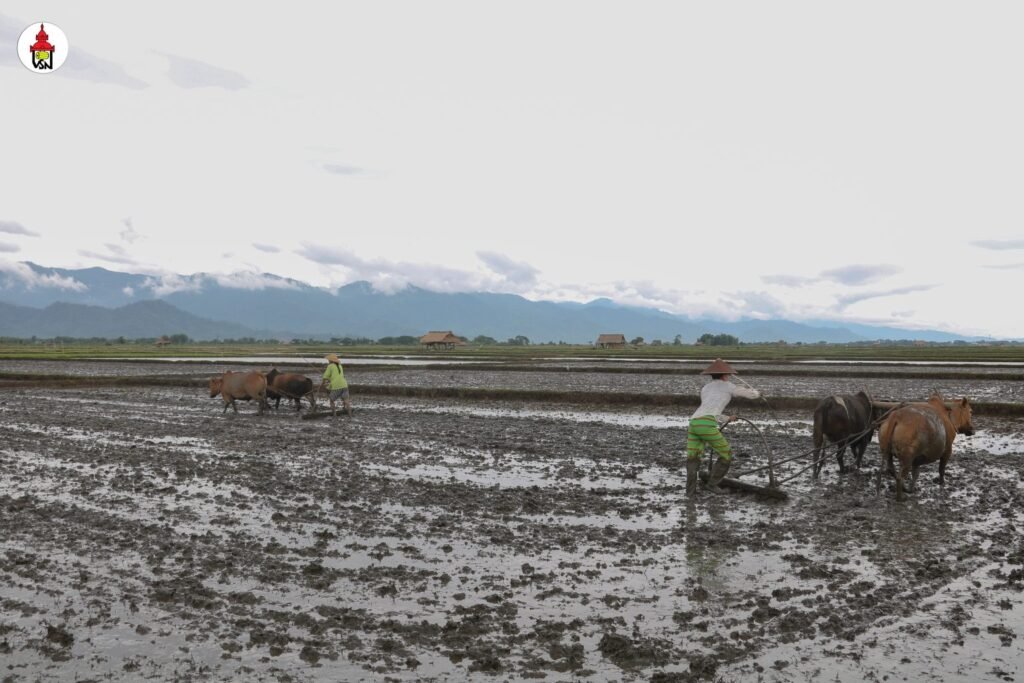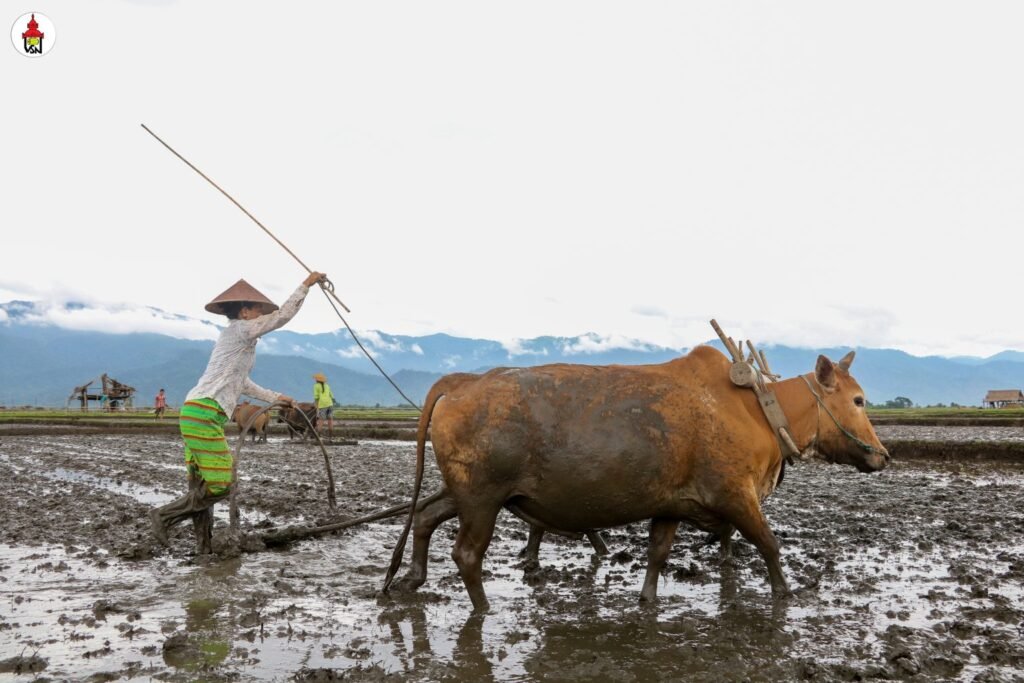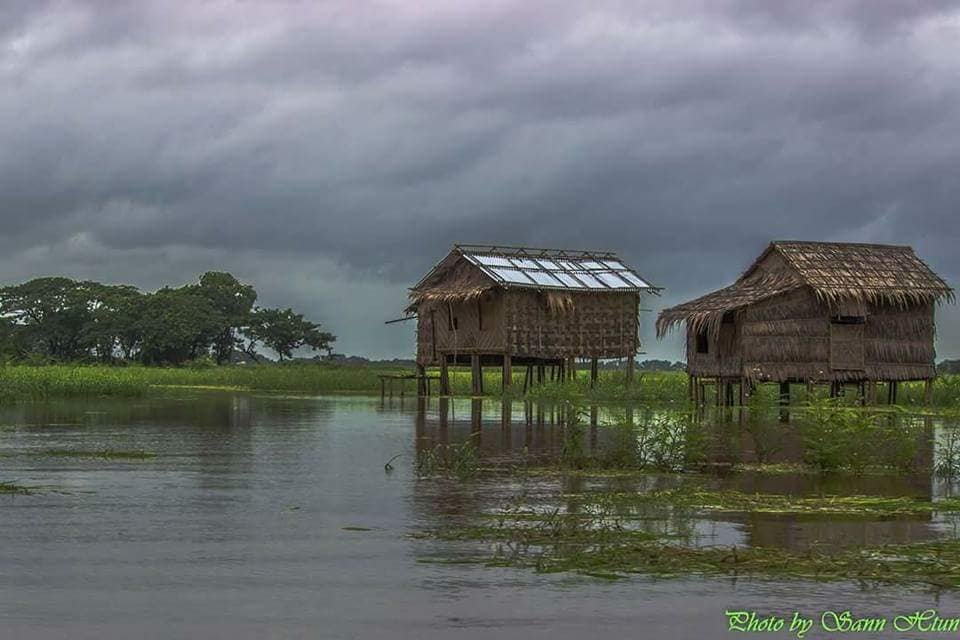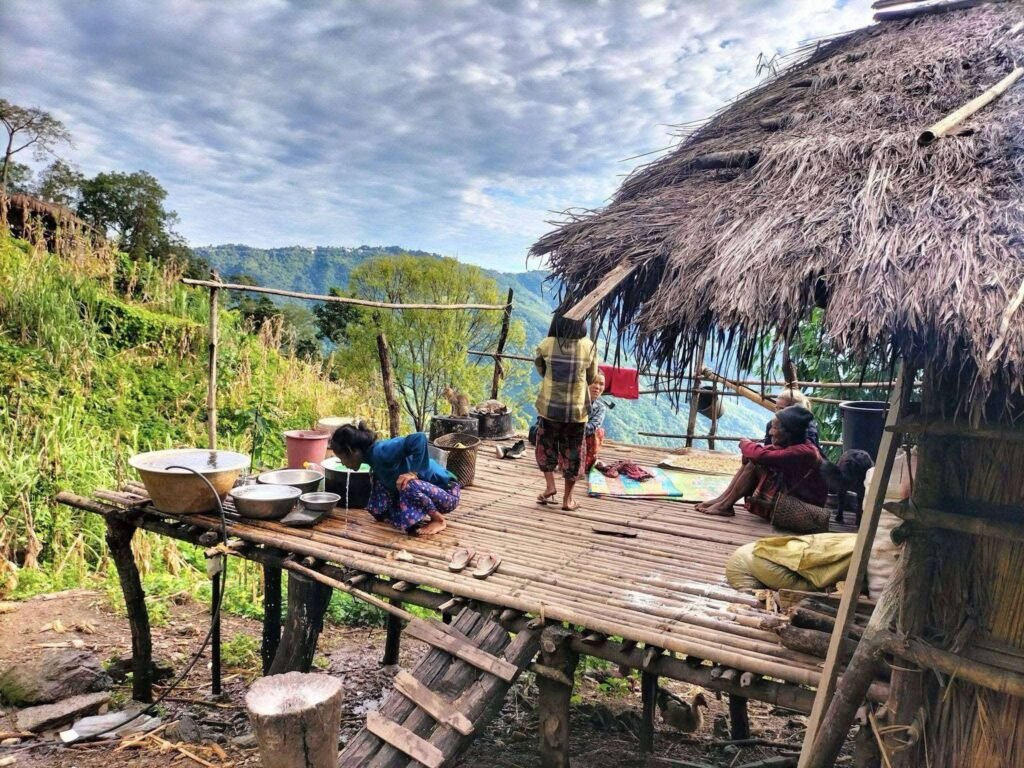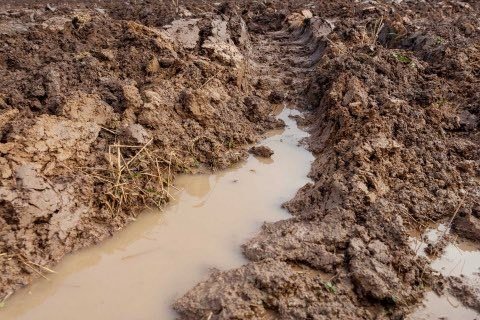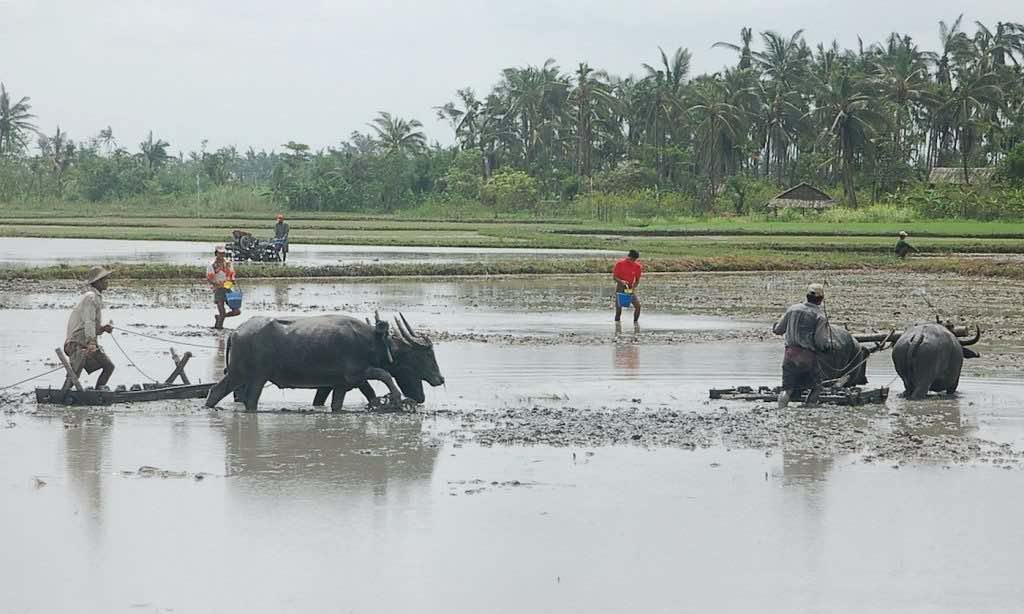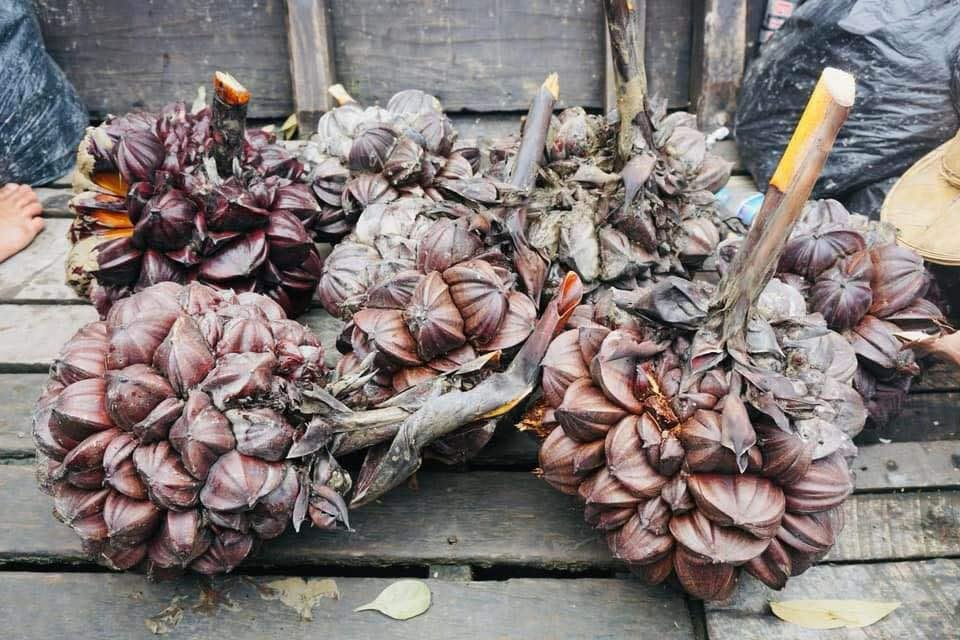Mon Traditional Ploughing
Mon traditional ploughing is a significant part of Mon agricultural culture and rural livelihood. Before the rainy season begins, Mon farmers prepare the fields for rice cultivation using natural and traditional methods. This ploughing process is essential to soften the soil and get it ready for planting seeds. A pair of oxen is typically used for ploughing. Mon people use traditional tools such as the wooden plough, yoke, plough handle, and rope to perform the task. This method is not just for farming—it also symbolizes cooperation and unity among villagers, as they often help each other during the ploughing season. Mon traditional ploughing is deeply connected to nature. It reflects the Mon people’s respect for the environment and their hopes for a good harvest. The process often begins when the first rains fall, and it may include small communal ceremonies or gatherings to mark the season’s beginning.
Building a Field Hut
In Mon traditional farming life, building a field hut (တဲ) is an important step in preparing for the planting season. Farmers construct these huts near their farmlands to stay during the day or even overnight while working in the fields, especially during the rainy season.
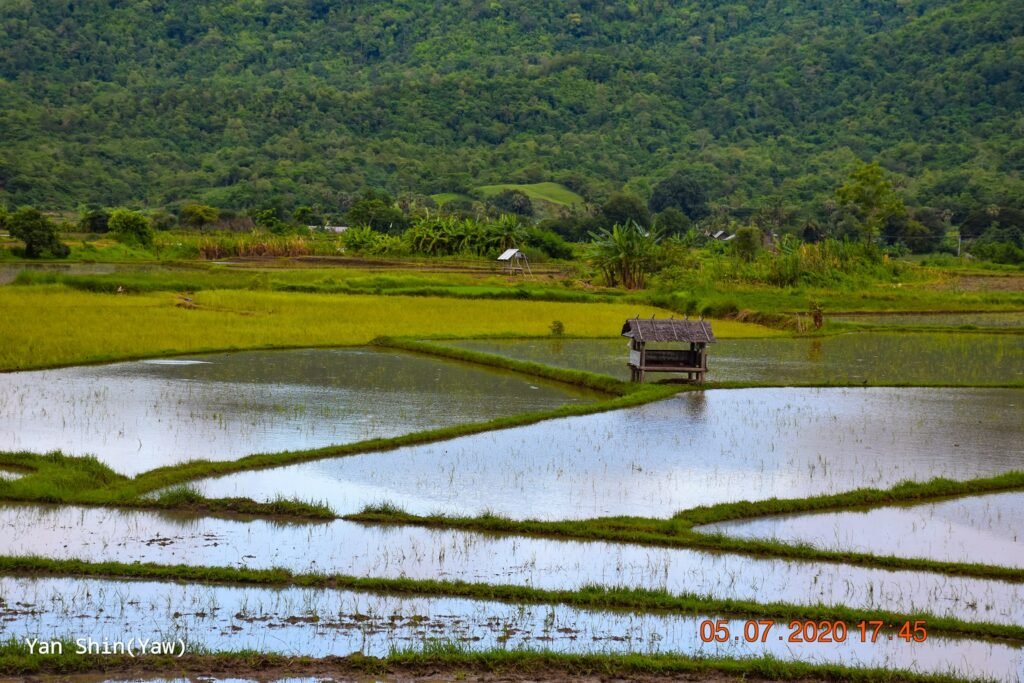
Purpose of the Field Hut
• To take shelter from sun or rain while working in the fields
• To store farming tools and seeds
• To watch over crops and protect them from animals
• To rest during long workdays or stay overnight during the busy farming season
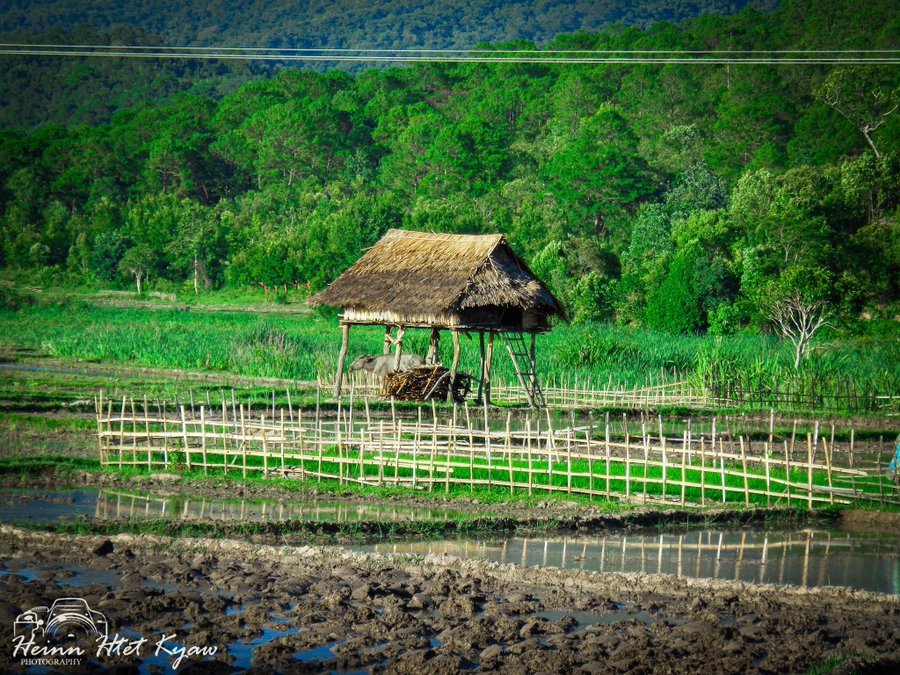
Culture Value
he traditional Mon field hut is an essential part of preparing for the farming season. It serves as a practical shelter and a symbol of the farmer’s strong relationship with nature and community.
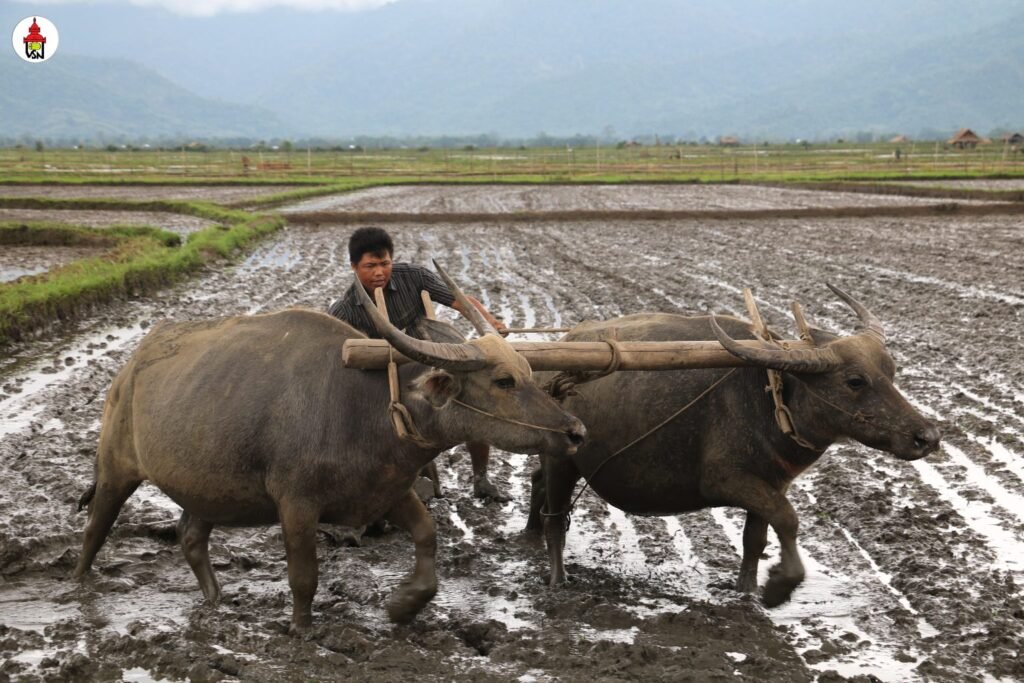
Gallery Activity
